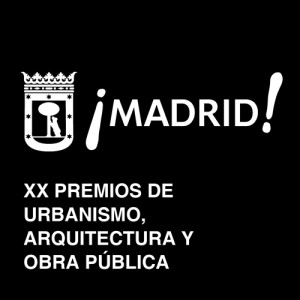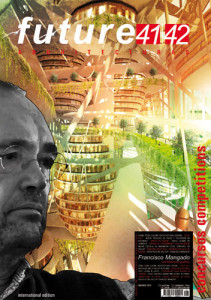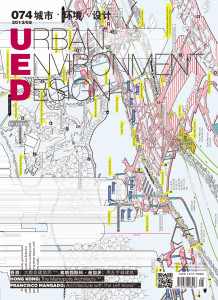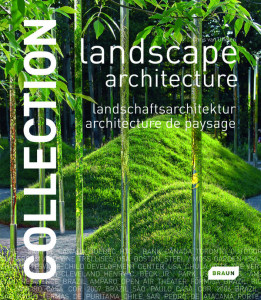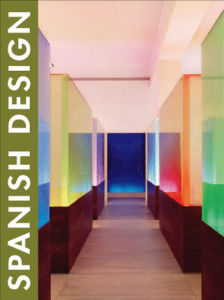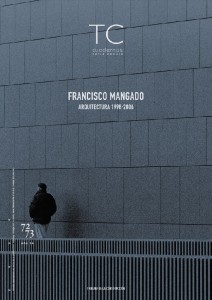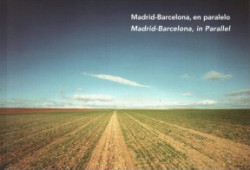Plaza Dalí+
1999-2004
Madrid-Spain
23.090 m2
Rather than a square, the Plaza de Dalí or Avenida de Felipe II is a complex space of great urban value in the center of Madrid. In spite of this, the area’s poor paving had turned it into an inhospitable space for pedestrians. Aside from this, there was another aspect that determined the proposal to a large extent: the adjacent department stores took up the whole underground space with a parking area whose limits went beyond those of the project itself, and their being so close to the surface above made it unfeasible to plant trees there. A sculpture by Salvador Dalí, that certainly had to be maintained, stood at one end of the square, right in front of the access to the city’s recently remodeled Palacio de Deportes, that acts as backdrop.
The new project follows two objectives: through the improvement, repaving and restructuring of the complex, to endow it with a formal significance in tune with its importance as a central public space of the city, but also to attain a certain degree of comfort to allow neighbors, who up to now contemplated this area with some distance, to make it their own.
Though the proposal pursues a unitary image in keeping with the space’s current scale, it also tries to frame certain areas that may help to give the whole a more reasonable scale, defining more ‘specific’ atmospheres that citizens may individualize and enjoy even when the weather is uninviting. The new paving represents the unit as a whole. A “dense” paving, built in granite and bronze, highlighted by the sculptures of Francesc Torres, as well as the LED strips that give the square a new geometric order and visual appeal. The paving, in this case the only element with potential to trigger an urban transformation, is an essential factor in most of the project decisions, going beyond a strictly material, secondary role and acquiring a conceptual and strategic value that is essential, even more so in this case in which the other dimensions of the urban space are historically defined (and their being altered impossible), and in which the subsoil has been excavated at different levels (a situation beyond repair).
The aforementioned framed spaces, with a more pleasant and cozy scale, are materialized here with landscaped surfaces that rise from the paving and slope in the form of wedges filled with soil and deep enough to contain vegetation and trees, as well as urban furniture pieces and benches that turn this space into a welcoming living area.
The main objective throughout the development of this project has been to plant trees in spite of the lack of subsoil.
The consideration of light as a primary ‘material’ that helps to give shape to the new configuration is another priority. Aside from its use as a physical part of the pavement, light also acts as an element that helps to transform the underground parking accesses (for both pedestrians and cars), whose location could not be changed. So though these accesses initially seemed to be encumbering elements, in the end they have become illuminated pieces that earn a special significance, thanks to their size and location, within the new square. They emerge from the ground, especially at night, like fiction “minerals” that, once again, bring the attention to the nonexistent subsoil.
Avenida Felipe II, 28009 Madrid, España
